Decorating & Design
January 26, 2017
Scott McGillivray’s Tips To Add Value To Your Home
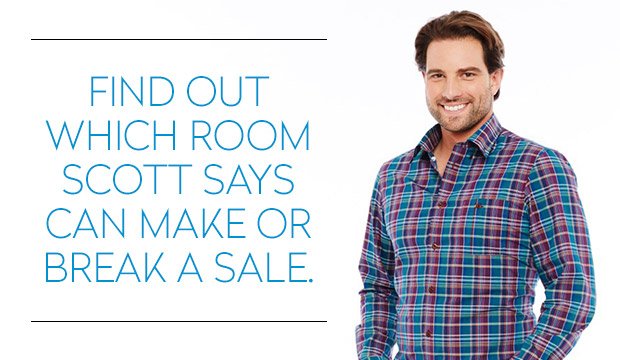
Ever wonder what the secret is to turning today’s decorating choices into dollars when selling your home? Renovating and investment property expert Scott McGillivray (star of HGTV’s new Home to Win) knows exactly what it takes to make potential buyers sign on the dotted line, since he literally wrote the book on it: How To Add Value To Your Home. “I look at property from an investment angle, and most people consider it their home: but it’s both.” To get the biggest return on investment (ROI) when selling, Scott’s 10 top renovations are ranked from the smallest updates to the most important change you can make in your home.
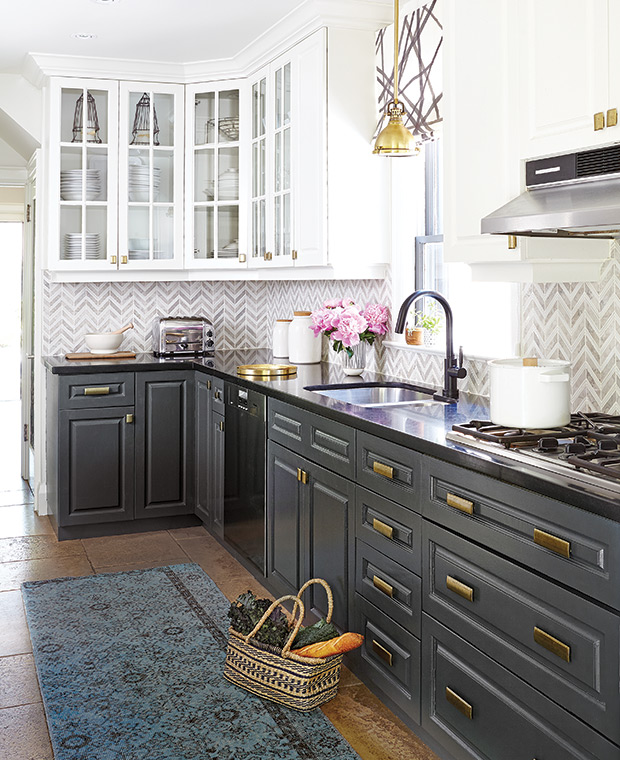
It’s probably the first thing a prospective homeowner will touch, and it will leave a lasting impression. “This is an inexpensive, quick fix that makes cabinets look on trend,” says Scott. Quality hardware can also elevate big-box kitchen cabinetry and give it distinction.
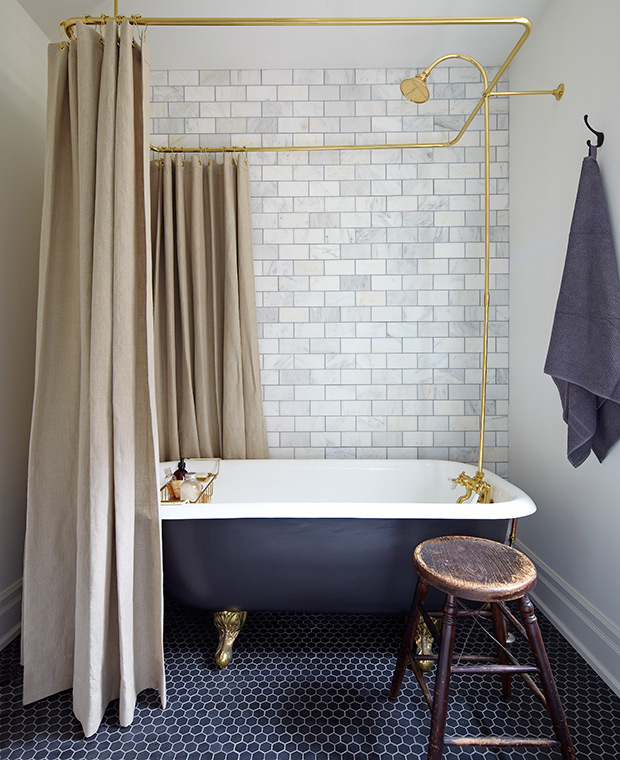
A pastel tub and acrylic shower doors are as dated as a library card. When faced with outmoded bathroom decor, at minimum update fixtures such as a taps, faucets and shower heads. Scott says warm metals are muscling in on silver’s appeal, even though he’s not completely ready to embrace brass. “Go for a muted, matte finish like unlacquered brass. It looks great in a powder room.”
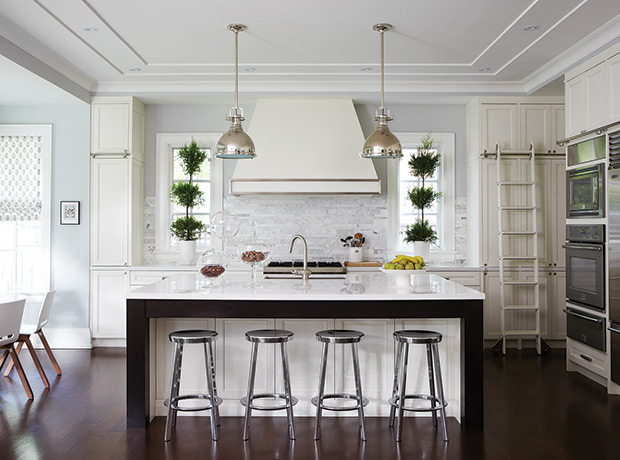
Veneers just aren’t cutting it. Granite and marble are being eclipsed by composite quartz products such as Caesarstone, Silestone and Cambria. “There are no seams and the look is cleaner, and some people have a problem with natural stone’s imperfections,” notes Scott.
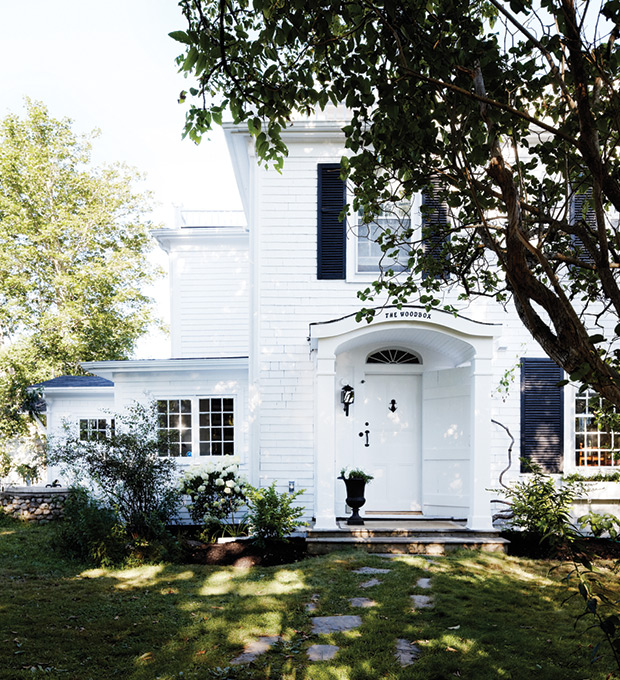
“This is the kind of upgrade you could do yourself in a weekend,” says Scott. “New numbers, lights, doorbell and a mailbox are all easy fixes that make a big impression.”
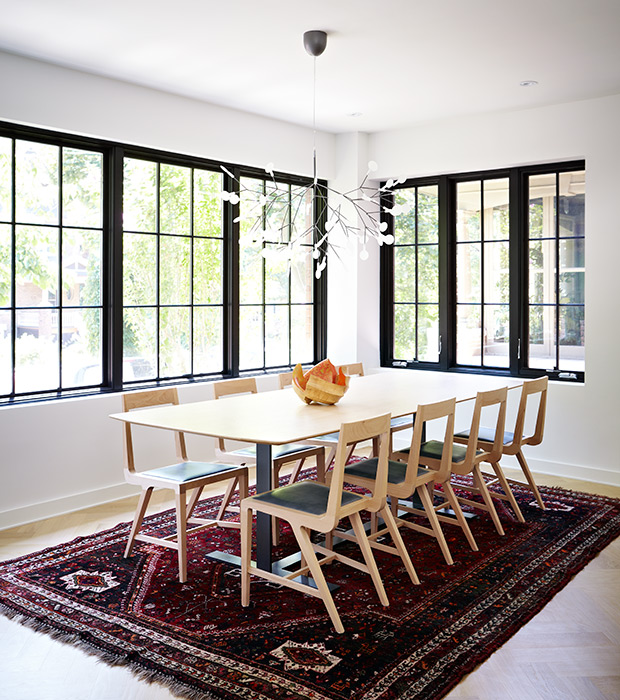
Lights are a time capsule that telegraph when a home was last decorated or built. Generic flush-mounted ceiling lights are a no-no. “No one likes those!” notes Scott. Pot lights are popular because they are discrete, but they don’t define a space, so create a layered effect with a large pendant that has a wow factor. “And always install lights on a dimmer, it’s about home automation — you can just hit a button and the ambiance is there, or keep the hallways and stairways on low light.”
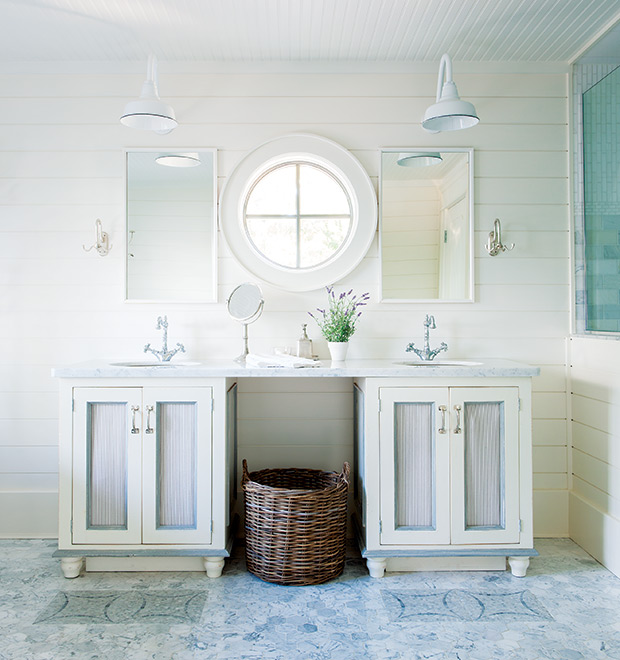
This is an obvious go-to for homeowners looking for an inexpensive update. Think neutral: grey is sophisticated, while greiges are easy to live with and add warmth. White is always a safe bet that makes any room look larger and brighter.
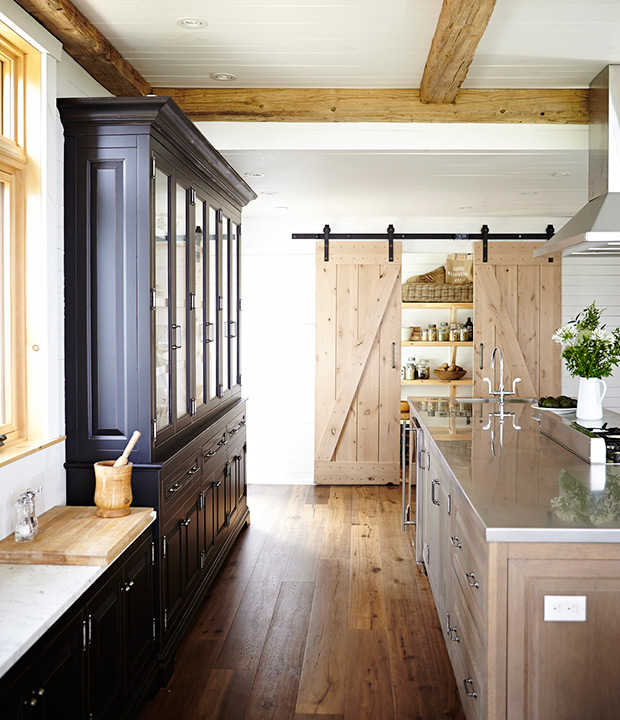
Engineered hardwood is popular, but hardwood remains king when it comes to resale. Honeyed strip oak and maple floors are a favorite with many builders, but they are dated. “If you can re-stain them, go for a more greyed or smoky finish. And high-gloss varathane isn’t as popular, opt for a more distressed, soft finish,” explains Scott.
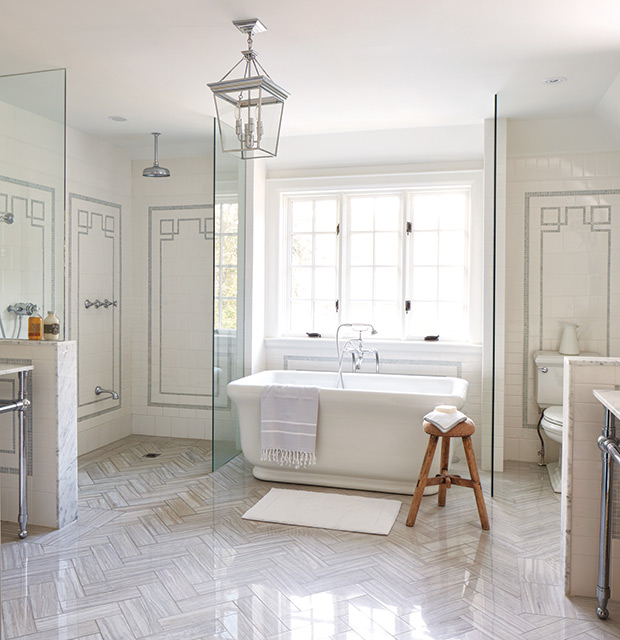
Bigger is always better when it comes to bathrooms. “If you only have one bathroom, a tub is a necessity but if there’s an ensuite, a walk-in shower with a bench is very desirable.” Accessible, curb-less showers are particularly in demand (while standalone tubs are overrated according to Scott, who owns one and never uses it).
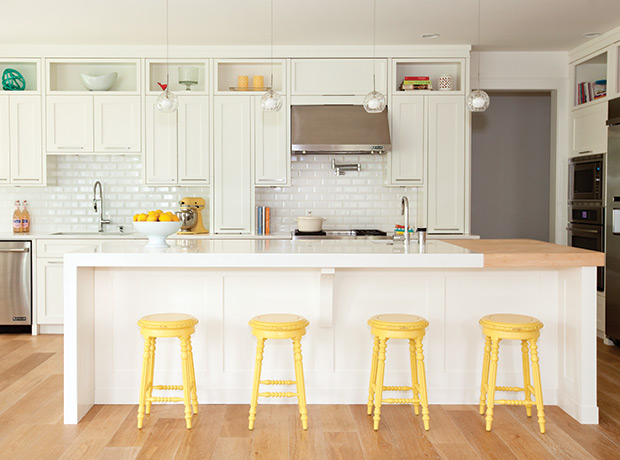
“The kitchen is the most valuable room in the home, it can make or break a project. It’s not enough to be functional, it needs to be exciting.” Scott adds that no one wants a compartmentalized kitchen anymore, and when the walls come down, there’s less space for cabinetry. An island or peninsula will pick up the slack providing more prep area, a spot for quick meals and storage underneath for appliances and pots. Serveries and walk-in pantries are prized since home buyers are always looking for more storage.
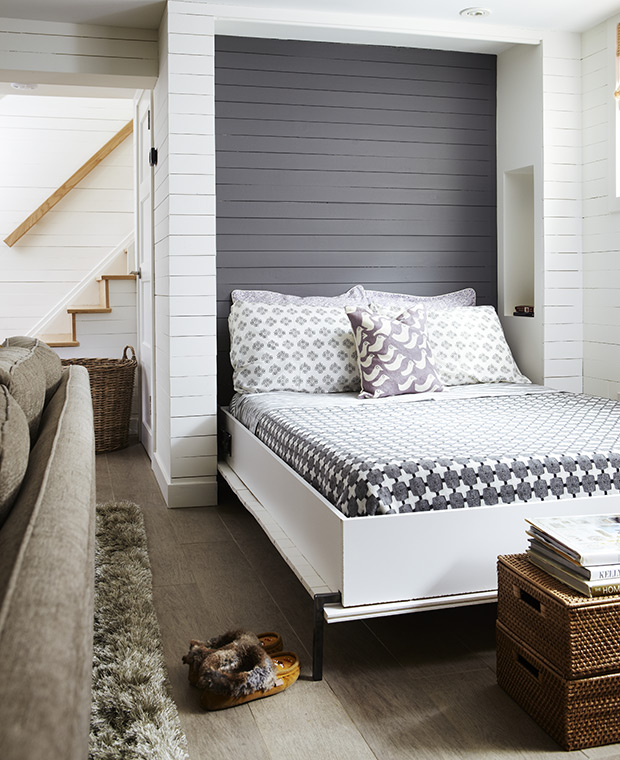
“You can sell a home with an income suite to an investor so easily: a basement or loft apartment opens your home up to a much larger pool of buyers, especially young buyers who need the income to help leverage their mortgage.” Empty nesters who don’t use the extra space can also benefit from investing in this type of reno, which can be pricey. “You need to have everything completely separate, from the entrance, to fire and sound separation, and that can cost upwards of $100,000.” Scott notes that in a city like Toronto an owner can generate $1,600-$1,800/month for a one bedroom unit to help service that renovation debt, while making your home much more attractive to potential buyers.

